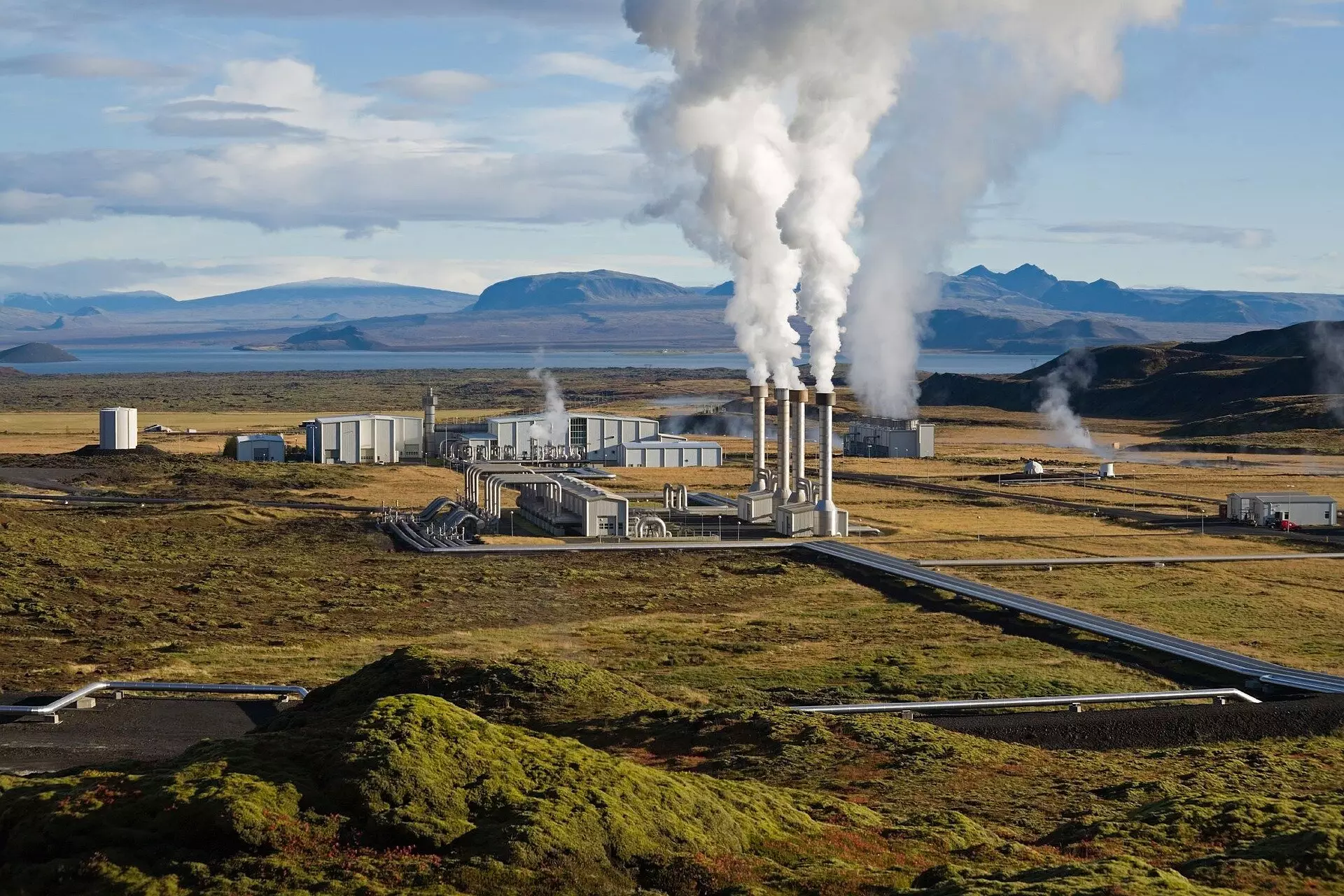The global pursuit of low-carbon energy sources has intensified the search for alternative options to replace fossil fuels. In a groundbreaking development, scientists have harnessed the power of deep learning to identify surface indications of subsurface reservoirs of naturally occurring free hydrogen. This innovative approach employs cutting-edge algorithms to locate ovoids or semicircular depressions (SCDs) in the Earth’s terrain, which often signify the presence of “gold hydrogen” deposits. Through the analysis of global satellite imagery data and the identification of specific geomorphic and spectral patterns, researchers aim to shed light on the true extent and distribution of these hidden hydrogen reservoirs. This article explores the implications of this groundbreaking work and its potential to transform the global energy landscape.
To uncover the elusive semicircular depressions closely associated with natural hydrogen deposits, researchers undertook a comprehensive effort to train their deep learning algorithm. Scientists Sam Herreid and Saurabh Kaushik, postdoctoral scholars at The Ohio State University’s Byrd Polar and Climate Research Center, integrated their model with global satellite imagery data. By carefully studying known SCD locations, they compiled a database to train the algorithm effectively. This approach allowed them to analyze the appearance of these sites from above and identify the unique surface expressions associated with subsurface hydrogen reservoirs. Through the use of remote sensing data and the amalgamation of various geospatial datasets, their model exhibited exceptional proficiency in identifying potential areas linked to geologic hydrogen.
Hydrogen has long been recognized as an attractive energy source due to its minimal environmental impact and high energy efficiency. Unlike many renewable energy alternatives, hydrogen can be easily stored and transported, rendering it a versatile fuel option across multiple industries. Joachim Moortgat, the project’s principal investigator and an associate professor of earth sciences at Ohio State, emphasizes the global interest in hydrogen as a solution to the climate crisis. As governments and industries strive to transition to cleaner alternatives, the potential of natural hydrogen as a low-carbon energy resource becomes increasingly significant.
Locating hydrogen reservoirs presents unique challenges, as they occur in diverse geologies and locations, unlike conventional oil and gas deposits. The integration of AI tools, however, presents a groundbreaking opportunity to map potential areas of interest for subsurface hydrogen. Despite the immense potential offered by these tools, there are still obstacles to overcome. Existing hydrogen deposits can often be mistaken for other circular features such as lakes, golf courses, or crop circles. As countries worldwide accelerate their efforts to explore hydrogen sources, a crucial task lies in developing effective strategies to distinguish genuine reservoirs from deceptive surface features.
Though Europe has already begun harnessing its gold hydrogen resources, the successful integration of natural hydrogen reservoirs into the global clean energy sector will require further research and development. Researchers must now focus on deepening their understanding of hydrogen systems. The primary challenge lies in discovering additional SCDs and investigating the underlying processes responsible for their formation. Dr. Moortgat highlights the importance of ongoing research in unlocking the full potential of natural hydrogen as a reliable and sustainable energy source.
The convergence of deep learning and global satellite imagery data has opened up new frontiers in the exploration of natural hydrogen reservoirs. By leveraging the power of AI algorithms, scientists have made significant strides in identifying surface expressions and potential locations of subsurface hydrogen. As nations around the world invest in cleaner energy alternatives, the development and integration of hydrogen resources hold immense promise. While challenges persist in accurately identifying hydrogen reservoirs, ongoing research and deepening our understanding of these systems will propel society closer to a sustainable future powered by clean energy.


Leave a Reply